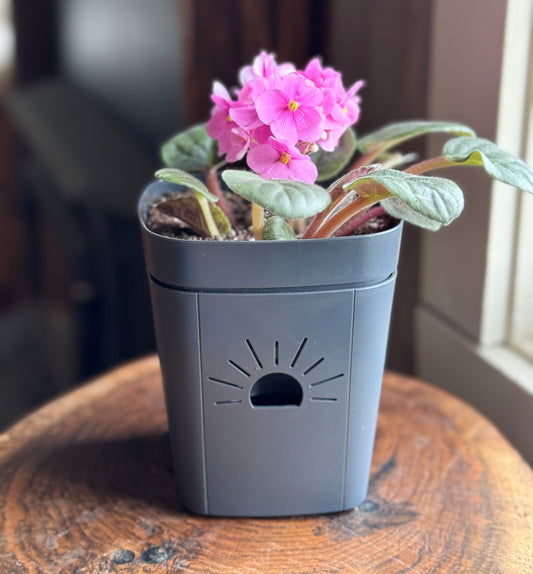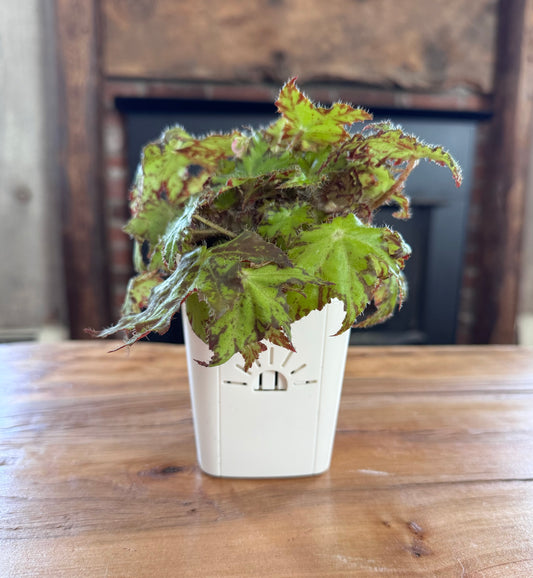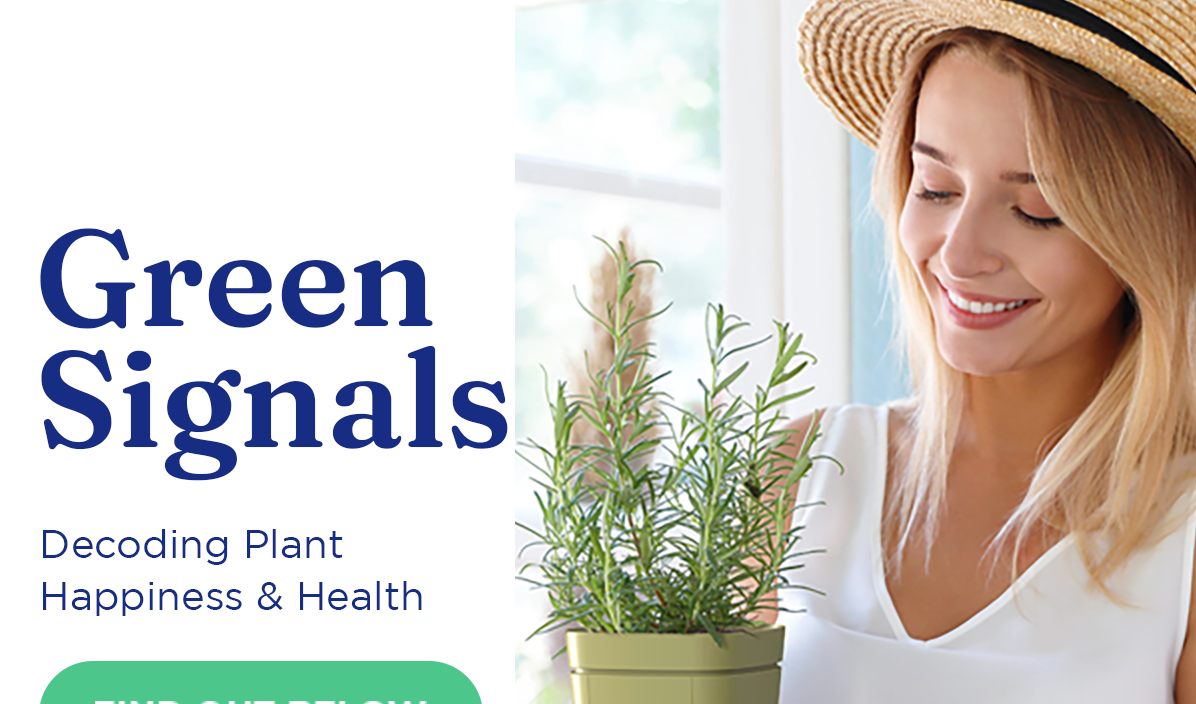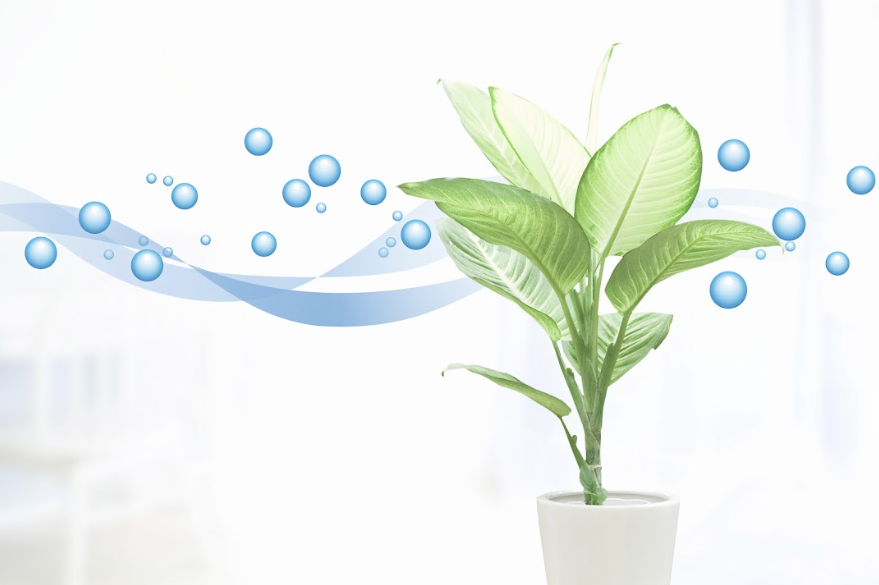Taking care of your houseplants is more than just a hobby - it's a responsibility. Plants matter! Today, we will explore the essential steps and expert tips to ensure that your beloved greens thrive and flourish under your nurturing hand. Get ready to become the ultimate plant parent!
Learn How Much Light and Water Your Plant Needs
Light is essential for photosynthesis, which is the process by which plants use the energy of light to grow. The amount of light your plant needs will depend on the species. Some plants need full sun, while others prefer partial shade or even indirect light. For a complete guide to each genus and how much light they need, visit our Plant Care Guide.
Water is also necessary for your plants to thrive. Plants take in water through their roots and use it to create energy and support growth. Overwatering can lead to root rot and other issues, while underwatering can cause wilting and stunted growth. The frequency and amount of water needed will also depend on the type of plant, as well as its environment.
Regularly Check Your Houseplants for Pests and Diseases
It's important to regularly check your houseplants for pests and diseases. Not only can this help you maintain a healthy and thriving home garden, but it can also help you prevent pests and diseases from spreading to other plants.
When checking your houseplants, look for any signs of pests or disease, such as discolored leaves, yellowing, wilting, deformed growth, or damaged foliage. If you find any of these signs, take steps to treat the plant as soon as possible.
You should also check for pests and diseases such as aphids, mealybugs, and powdery mildew. These pests can quickly cause damage and spread to other plants in your home. If you spot them, take immediate action to remove them and treat the plant.
Choosing Soil for Indoor Houseplants
When it comes to choosing the right type of soil for indoor houseplants, there are many factors to consider. The type of soil you choose will be dependent on the needs of your plants. We have each genus and its soil type listed here.
The most important factor to consider is soil drainage. Different plants have different requirements for drainage, so it is important to choose soil that will meet the needs of your particular species. If the soil does not drain properly, the plant may become waterlogged, and root rot is likely.
Another factor to consider is the amount of nutrients in the soil. Different plants require different amounts of nutrients to thrive. Additionally, some plants prefer soil that is slightly acidic or neutral, so choose soil that is appropriately balanced.
Finally, it is important to consider the overall composition of the soil. Different plants require different amounts of organic matter. For example, some plants like soil with a sandy texture, and others like soil-free mixes full of chunky bark.
Why Drainage and Aeration are Crucial for Plant Root Development
Having a pot with excellent drainage and root zone aeration is essential for robust root development in houseplants. Without adequate drainage, the roots of the plant can become waterlogged, which causes root rot fungi to flourish. Adequate drainage will ensure that the root system is not sitting in overly wet soil, which can lead to death of the root system.
Root zone aeration is critical for the development of a healthy root system. This abundant root growth lets the plant absorb the water and nutrients needed to stay healthy. An aerated root zone helps to stimulate root growth and encourages the development of deeper roots, feeder roots, and multi-branched root systems. With excellent airflow around the roots, root rot (the number one killer of houseplants) is a non-issue. Traditional plant pots with one or more holes in the bottom for drainage do not provide ideal root zone oxygen.
Using Fertilizers for Houseplants
Fertilizers come in a variety of forms, such as liquid, granular, or slow-release. Liquid fertilizers are typically applied directly to the soil and can be used regularly for an added boost. Granular fertilizers are spread over the soil and applied every few weeks. Slow-release fertilizers are usually applied only once per season and provide a steady source of nutrients to the plant.
When considering a fertilizer for your houseplants, read the label and select one that is suitable for the type of plants you are growing. Different plants need different nutrients. Most plants like fertilizer during the spring and summer and then a period of rest over winter.
Temperature and Humidity
Having healthy houseplants requires careful consideration of two key elements: temperature and humidity. They both play a vital role in ensuring plants have the right environment to thrive.
High humidity levels help plants absorb moisture from the air, which is important for photosynthesis. Low humidity levels can cause dry soil and stress the plant’s roots. Similarly, too much humidity can cause mold growth and disease, which can be fatal to houseplants.
The right temperature also contributes to a healthy houseplant. Most plants prefer temperatures between 65-75 degrees Fahrenheit, as this is ideal for photosynthesis and respiration. Too low or too high temperatures can cause the plant to become stressed and make it more susceptible to disease.
Houseplant Care by Genus
If you are new to houseplants, all of this information can be overwhelming. To keep it simple, we have created acomplete houseplant care guide. It is broken down by genus, so you can simply click on the picture of your new plant, and the guide will tell you everything you need to know to care for it. The guide contains genus-specific advice for light, water, feeding, temperature, soil, propagation, and much more. Happy plant parenting!





 Verified Buyer
Verified Buyer







